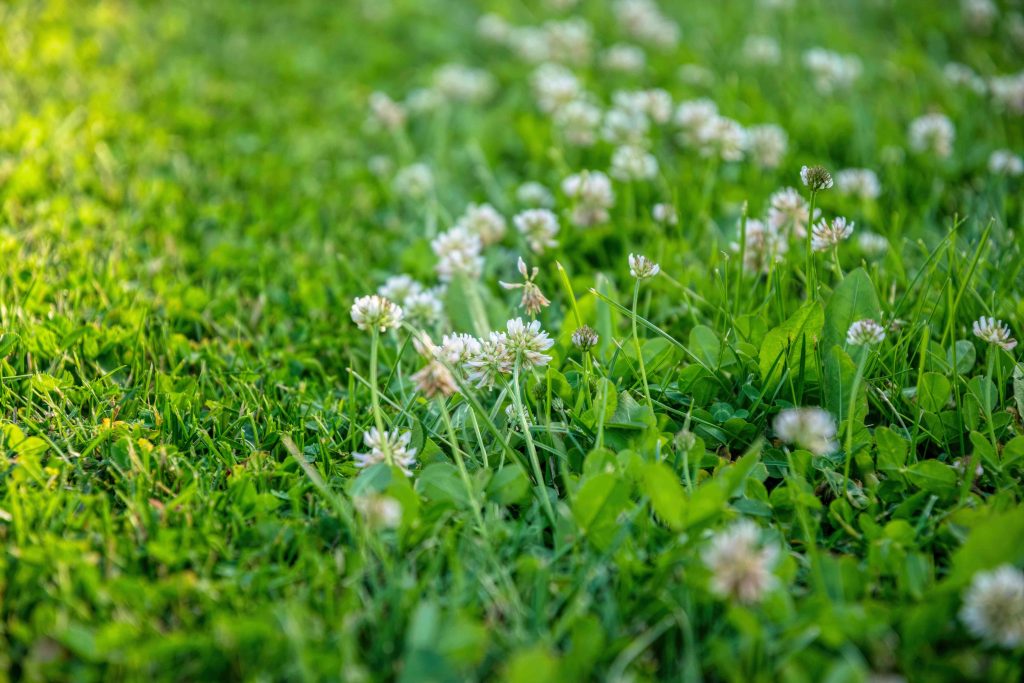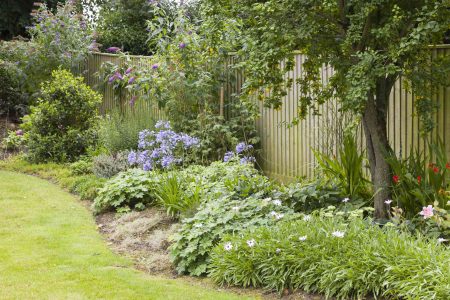If you embrace the idea of ‘No Mow May,’ are looking for an alternative to traditional lawn grasses, or love blooms in a lawn, you should consider planting a clover lawn. But when should you plant? That all depends on your hardiness zone and the current condition of your lawn.
We talked to an expert who shares care tips and the right time to plant a clover lawn.
Meet the Expert
Christa Carignan is a Maryland certified professional horticulturist and coordinator of digital horticulture education for the University of Maryland Extension (UME) home & garden information center (HGIC).
When Is the Right Time to Plant a Clover Lawn?
Before you sow clover seeds for a lawn, consult a USDA hardiness zone map to help determine the average first and last frosts in your area. If you live in an area with mild winters, clover seeds can be sown in early fall or late winter. In cold, snowy areas, wait until spring when temperatures are consistently over 60°F.
Looking ahead will give you time to decide if your lawn can be overseeded with clover or if it needs to be removed before installing a clover lawn. A healthy lawn with few weeds is ideal for overseeding. A compacted lawn full of problem weeds, uneven surfaces, and bare spots should be renovated by removing the current plants and then freshly seeded.
If you are overseeding, de-thatch the lawn by scraping away clippings, dead grass, and leaves to expose the soil. Sprinkle clover seeds lightly over the lawn and then sprinkle with a little topsoil or sand to hold the seeds in place. Keep the ground moist until new sprouts appear in a couple of weeks.
Want more gardening tips? Sign up for our free gardening newsletter for our best growing tips, troubleshooting hacks, and more!
Benefits of Planting Clover
Since clover provides an organic source of nitrogen as it decays, it supports turfgrass growth. The flowers that appear each spring provide a food source for bees and other pollinators.
“Microclover in lawns reduces the need for nitrogen fertilizer applications and lessens the amount of fertilizer run-off into groundwater and streams,” says certified professional horticulturist Christa Carignan.
There are many varieties of clover to plant, so be sure to get one that suits your USDA zone and has needs you can accommodate.
“When adding clover to a lawn, I recommend microclover (Trifolium repens var. ‘Pirouette’ and ‘Pipolina’). These varieties have smaller leaves, fewer flowers, less aggressive clump-forming habits, and are lower growing than Dutch white clover,” Carignan says.
Other Plants That Grow Well With Clover
The plants in a clover lawn must tolerate foot traffic and mowing. Look for plants that are low-growing, are adaptable to regular mowing, and flower at a low height. Companion plants should be perennials so they will live more than one year and be strong enough to compete with more aggressive turfgrasses.
Cool-Season Turfgrasses
Clover mixes well with cool-season grasses like tall fescue and Kentucky bluegrass. Clover does not thrive in high heat or mix well with warm-season grasses like centipede, Bermuda, zoysia, or St. Augustine.
Creeping Thyme
Creeping thyme (Thymus praecox), like its culinary relatives, has a nice fragrance that is released when walking on the lawn. It has a low-growing habit and tolerant of all but the heaviest foot traffic. It does best in full sun lawns and its small pink flowers provide nectar and some pollen to pollinators.
Self Heal
Self heal (Prunella vulgar subsp. lanceolata), also called heal all, is adaptable to most soil types and thrives in sun to part shade. The purple flowers provide nectar and attract native bees and butterflies.
Common Violets
Common violets (Viola odorata) produce white, pink, lavender, purple, and variegated blooms in early spring. Fritillary butterflies use violets as a host plant for larvae. The plants have a short bloom season, are aggressive, and can take over a lawn, but they can tolerate some shade from trees in the lawn.
Dandelions
Love them or hate them, dandelions (Taraxacum officinale) work well in a clover lawn. The bright yellow flowers provide pollen very early in the season when most other lawn flowers aren’t blooming. To prevent the aggressive spread of dandelions, mow over the flowers or pick them by hand before they go to seed.
Read the full article here














